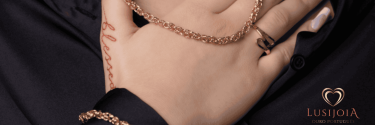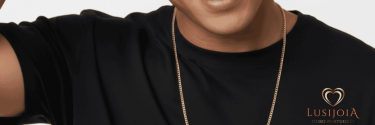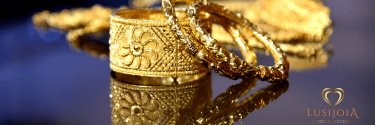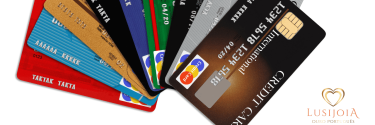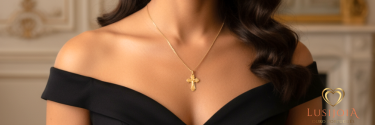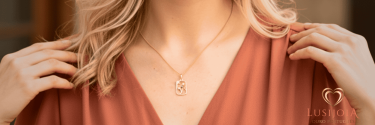Gold Purchase Evaluation Criteria (Part 2)
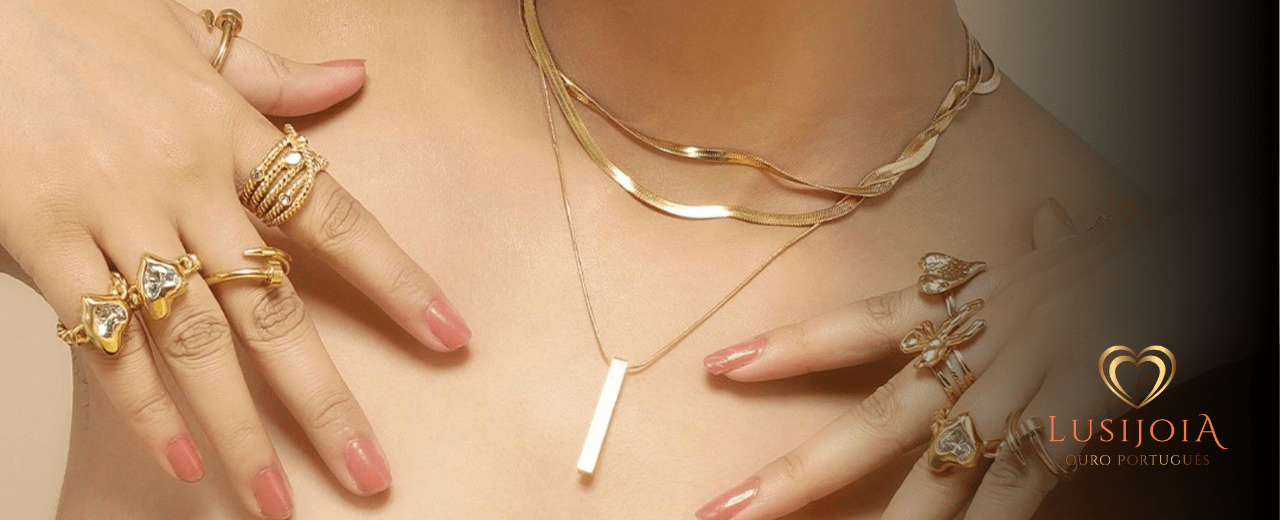
Gold Price (average value on the day of assessment)
The price of gold varies daily, influenced by global economic and political factors. On 28 March 2025, the reference price of gold was €94.263 per gram, as reported by the Portuguese Goldsmiths and Watchmakers Association (AORP).
It is important to note that values may differ between sources due to exchange rate variations and calculation methodologies. For example, historical data indicates that on March 27, 2025, gold was traded at R$564.17 per gram in Brazil. To obtain the most up-to-date and accurate quote, it is recommended to consult official sources or specialized financial institutions at the time of assessment.
All precious metals are listed on the stock exchange so that their price changes constantly and, in order to determine the value of the piece in question, it is necessary to use the average price (average price value for that day) in order to correctly assess the updated value of the Jewelry. The final value of the used gold jewelry will be adjusted according to the predominance of precious metals contained and the average price on the day of the evaluation. As a rule, rarer constituents have a higher value.
The Purity of Gold
Gold is one of the most valued precious metals in the world, but not all gold pieces have the same purity. The Gold purity is measured in carats (K) and indicates the proportion of pure gold in the metal alloy.
Here are some different Purities of Gold:
- 24K (99.9% pure gold) – The purest and most valuable, but also the most malleable, being least used in jewelry.
- 19.2K (80% gold) – Portuguese gold standard, recognized for its high quality and durability.
- 18K (75% gold) – Widely used in luxury jewelry, combining resistance and intense shine.
- 14K (58.5% gold) – Popular in more affordable pieces, maintaining good quality and resistance.
- 9K (37.5% gold) – More affordable and durable, ideal for everyday use.
Why Does Purity Matter?
The purity of gold influences its color, durability and value. Alloys with a lower gold content are more resistant, while those with higher purity guarantee an intense and sophisticated shine. Whether it’s for an engagement ring, necklace or bracelet, choosing the right purity ensures the perfect combination of elegance and durability.
The value associated with the Jewel's constituents is directly related to the purity of the gold. The vast majority of pieces are composed of metal alloys with various elements that allow the color, resistance and other characteristics to be defined, according to the jeweler's wishes. Therefore, the final value of the jewel will be calculated based on the price of gold and the predominance of that same gold in the Jewel in question.
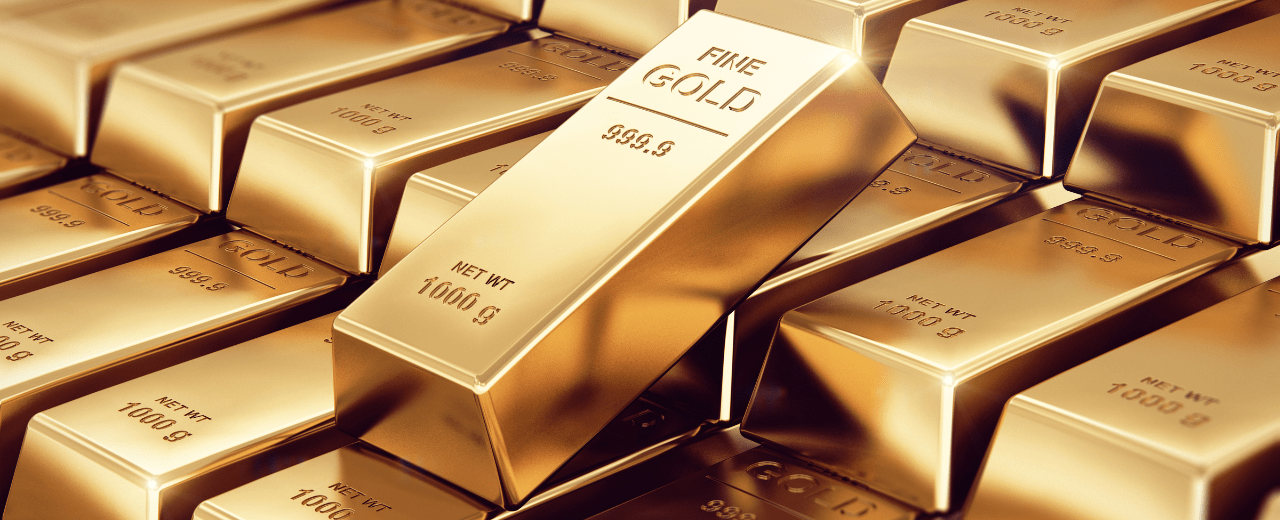
Value of similar parts on the market
The fascination, current demand and real value of the different elements that make up the jewel are some of the factors that influence the final value of the piece.
The evolution of the personal taste of the new generation of consumers, as well as the financial availability for investment, also influence the real and commercial value of Jewelry. The value of similar parts on the market depends on several factors, including:
- Gold Purity (9K, 14K, 18K, 19.2K, 24K)
- Weight of the piece (the more grams, the higher the value)
- Gold price (which varies daily on the market)
- Design and complexity (pieces worked in filigree or with precious stones are more valuable)
- Brand and certification (certified jewelry and jewelry from recognized brands may have a higher price)
- Condition of the piece (if it is vintage gold, it may have additional value due to its rarity)
How do you know the value of your piece?
The ideal is to check the price in a specialized store (such as Lusijoia) and monitor the gold price. To sell, trust only a certified appraiser to get a fair price.
Historical interest
Gold has always exerted an unparalleled fascination throughout history, being a symbol of power, wealth and spirituality. From ancient civilizations to modern times, gold jewelry tells stories of empires, cultures and defining moments. The earliest gold jewelry dates back more than 5,000 years, with the Egyptians using gold in crowns, necklaces and sacred amulets. For the pharaohs, gold symbolized eternity and was used in tombs and temples. The Romans saw this as a sign of social status, creating luxurious coins and jewelry. For centuries, kings and queens adorned themselves with gold pieces studded with precious stones, demonstrating power and distinction. Portuguese filigree, for example, has deep historical roots and continues to be an icon of tradition and sophistication.
Gold also has a deep spiritual meaning. Sacred relics, crosses, medals and power rings were made from this noble metal to represent faith, protection and connection with the divine.
Throughout history, gold has always maintained its value, being considered one of the safest investments. Today, it remains a popular choice for both jewelry and financial security. The evaluation also cannot be dissociated from the possible historical interest of the piece. In this sense, pieces that have some historical relevance, such as important landmarks from the past, will also have an additional value that may exceed the intrinsic value of the production work and the value of the constituent materials.
Conservation status
When evaluating a gold piece, its state of conservation plays an essential role in defining the final value. Although gold is a noble metal that is resistant to corrosion and time, its physical state can influence the evaluation, especially in the case of worked jewelry or jewelry with other elements, such as precious stones.
Factors Influencing Evaluation:
- Natural Wear and Tear – Frequent use may cause small marks, scratches or loss of shine on the piece. However, gold itself retains its intrinsic value, and can be reused or melted down.
- Integrity of the Piece – Cracked, dented or broken pieces can lose value, especially if it is an antique piece of jewelry or one with an exclusive design.
- Presence of Precious Stones – The condition of the stones influences the final value. If they are loose, cracked or missing, the piece may lose value, requiring an adjustment in the appraisal.
- Maintenance and Cleaning – Well-maintained pieces, without accumulated residue or signs of oxidation (in the case of gold alloys with other metals) tend to have a higher value.
- Authenticity and Assay Marks – Pieces with visible marks of purity and certified hallmarks have a more accurate and often higher assessment than those without certification.
- Historical Relevance and Design – Filigree, antique or original pieces may be worth more, as long as they are well preserved. Excessive wear can decrease the value beyond its weight in gold.
O estado de conservação de uma peça em ouro é determinante na sua avaliação. Mesmo que uma peça apresente desgaste, o seu valor em ouro nunca se perde, podendo sempre ser reutilizada. No entanto, para quem deseja vender ou manter a peça como joia, a conservação é um fator essencial para garantir a máxima valorização. Por norma, as peças em estado de conservação têm mais valor em relação a outras mais desgastadas. É quase inevitável que o uso e a passagem do tempo não deixe marcas nas joias, desvalorizando-as um pouco. Este facto faz com que peças antigas e bem conservadas tenham mais valor e esse facto é conhecido como o fascínio do “antigo em estado novo”.
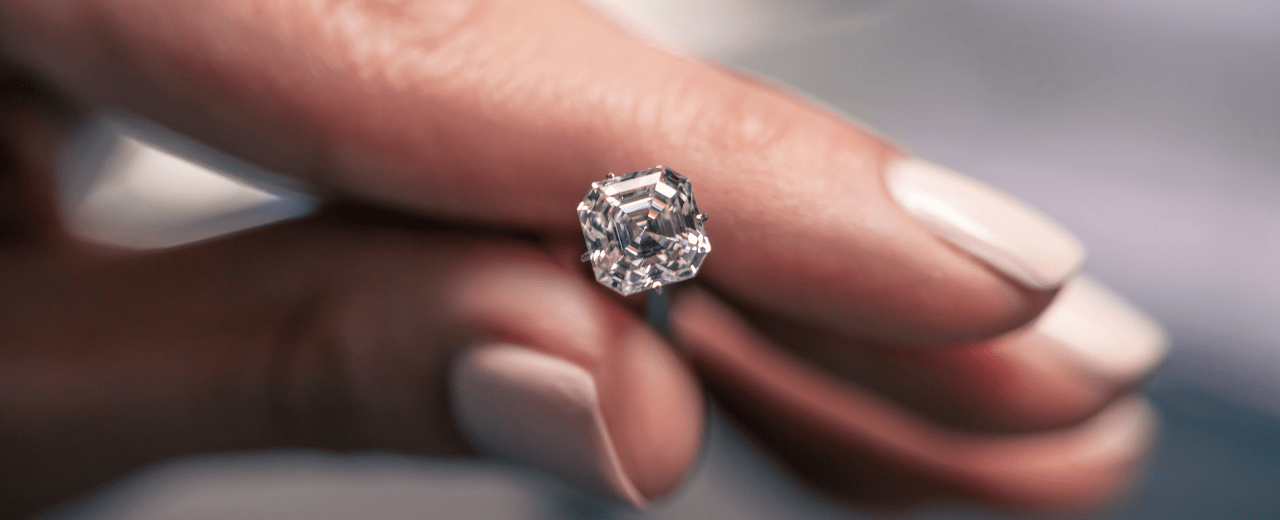
-----------------------------------------------------------------------------------------------------
Follow our Blog to discover more publications related to the world of jewelry first-hand!
Subscribe to our Newsletter to receive news from us in your email every two weeks.
Explore our website to appreciate jewelry in Portuguese gold, sustainable gold, silver and filigree pieces, included in the most current trends in the sector.
Follow our Social Media to get more inspiration when composing your everyday looks.


